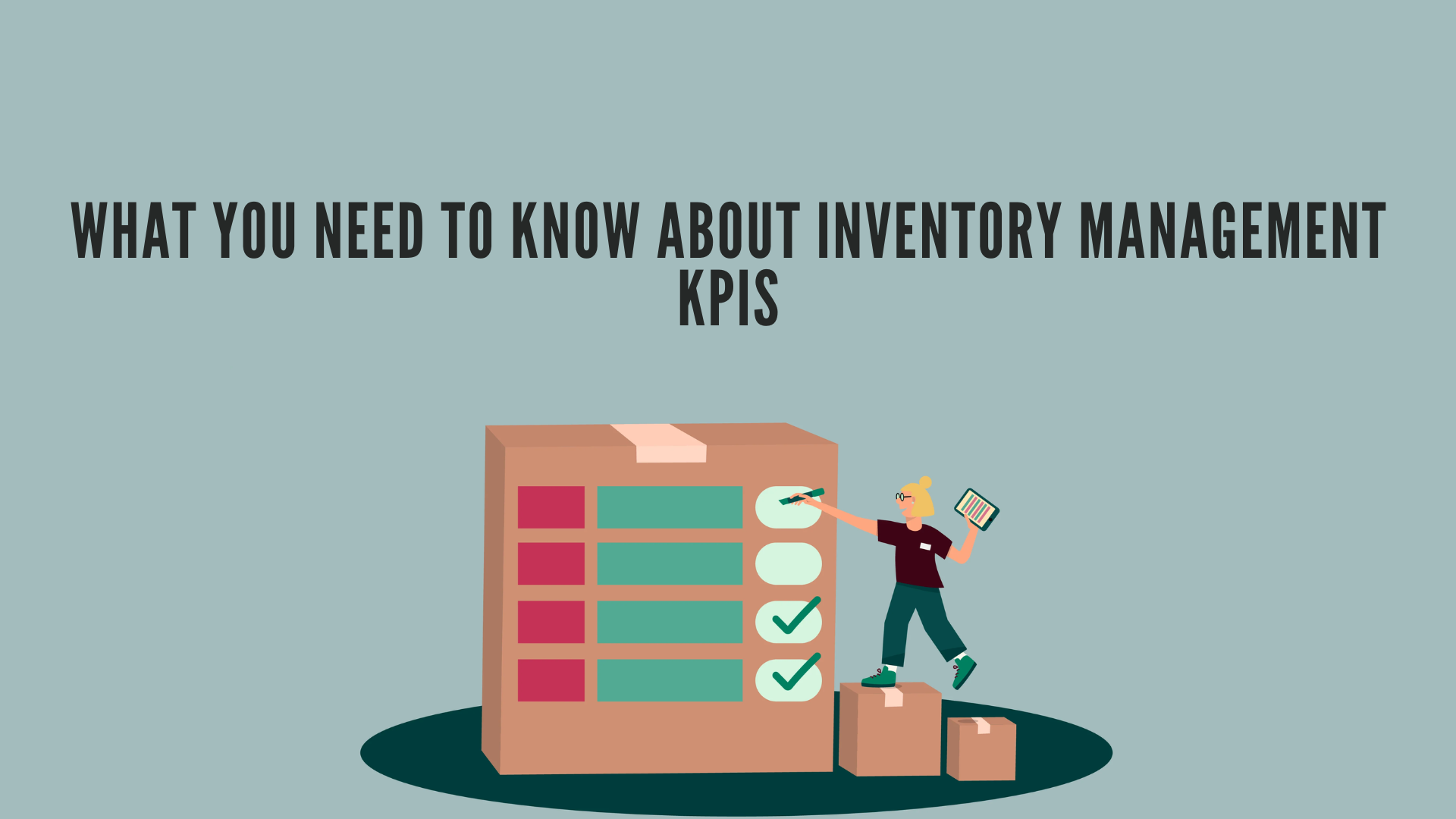Effective inventory management is crucial for the success of any business that deals with physical goods. It ensures that the right products are available at the right time, minimizing stockouts, reducing carrying costs, and optimizing cash flow. Key Performance Indicators (KPIs) play a vital role in measuring and improving inventory management practices. In this guide, we’ll explore what you need to know about inventory management KPIs and how they can help your business thrive.
- Understanding Inventory Management KPIs: Inventory management KPIs are quantifiable metrics used to evaluate the efficiency, accuracy, and effectiveness of inventory management processes. They provide valuable insights into various aspects of inventory performance, helping businesses make informed decisions and drive continuous improvement.
- Common Inventory Management KPIs:
- Inventory Turnover Ratio: This KPI measures how quickly inventory is being sold and replaced over a specific period. A high turnover ratio indicates efficient inventory management, while a low ratio may suggest overstocking or slow-moving items.
- Stockout Rate: The stockout rate measures the frequency and duration of stockouts, indicating the effectiveness of inventory replenishment processes. High stockout rates can result in lost sales and dissatisfied customers.
- Inventory Accuracy: This KPI measures the accuracy of inventory records compared to physical inventory counts. Maintaining high inventory accuracy is essential for preventing stockouts, reducing excess inventory, and improving order fulfillment.
- Days Sales of Inventory (DSI): DSI calculates the number of days it takes for inventory to turn into sales. It helps businesses assess their inventory holding period and identify opportunities to streamline inventory management processes.
- Fill Rate: The fill rate measures the percentage of customer orders that are fulfilled from available inventory. A high fill rate indicates efficient order fulfillment processes and customer satisfaction.
- Carrying Cost of Inventory: Carrying cost refers to the expenses associated with holding inventory, including storage, insurance, and obsolescence. Monitoring carrying costs helps businesses optimize inventory levels and minimize holding expenses.
- Implementing Inventory Management KPIs: To effectively implement inventory management KPIs, businesses should:
- Define clear objectives and performance targets for each KPI.
- Select relevant KPIs based on business goals, industry standards, and specific operational challenges.
- Implement robust inventory management systems and processes to capture accurate data for KPI measurement.
- Regularly monitor and analyze KPI performance to identify trends, patterns, and areas for improvement.
- Take proactive measures to address issues identified through KPI analysis, such as optimizing reorder points, improving demand forecasting accuracy, or enhancing inventory visibility.
Conclusion: Mastering inventory management KPIs is essential for optimizing inventory levels, minimizing costs, and improving overall business performance. By tracking key metrics such as inventory turnover, stockout rate, and inventory accuracy, businesses can gain valuable insights into their inventory operations and make data-driven decisions to drive continuous improvement. So, invest time and resources into defining, measuring, and analyzing inventory management KPIs to unlock the full potential of your inventory management processes.









